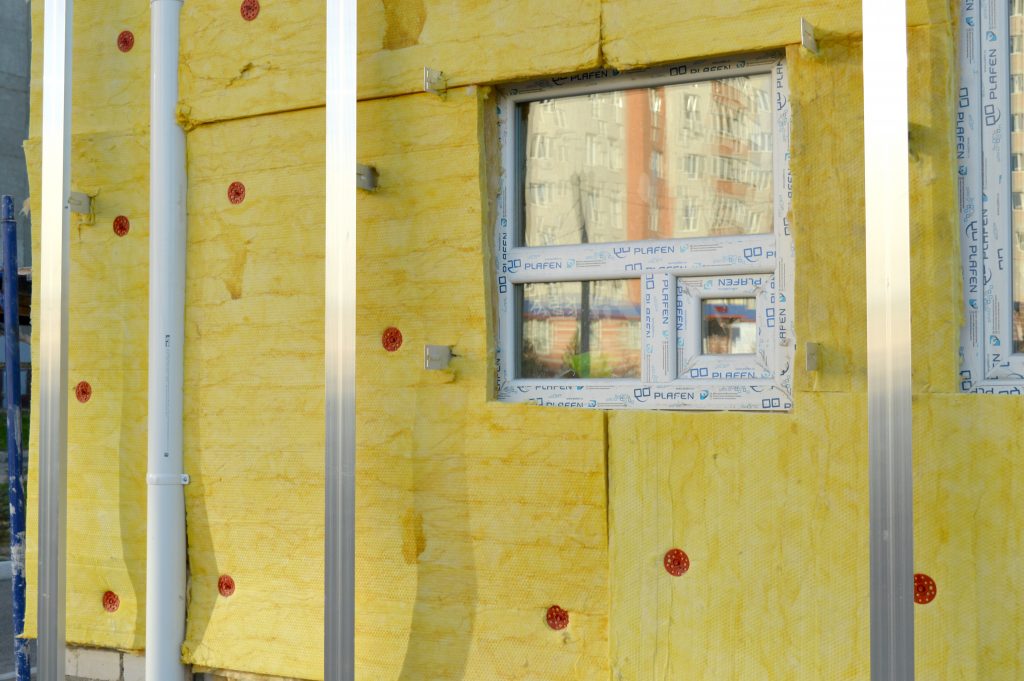
Optimum comfort at affordable costs is not an impossible feat. If anything, moderating temperatures is possible by properly insulating your house. Insulation will provide your home with a barrier against environmental conditions.
But for insulation to do its job properly, it is important to know where it should be installed. Generally, a building can be classified as being properly insulated if it is covered from its foundation to its roof. However, it is not always possible to completely insulate a whole building. To help you decide on the type of insulation you can have installed, this post will cover the factors on which you will have to base your decision. It will also include where the insulation will be used.
1.Insulating the Foundation
If you are building a new home, it would be wise to insulate the foundation before backfilling the space. Have an expert take care of the insulation as an insulation system that is not properly designed will cause you more problems.
In addition to lowering heating requirements offering better thermal efficiency, foundation insulation can also minimize the risks of insect infestation. Another benefit of having one installed is the fact it avoids moisture condensation and radon infiltration problems.
The following insulation types can be used:
i. Board insulation
ii. Expanded polystyrene insulation
iii. Polyisocyanurate insulation
iv. Insulation Batts
v. Blown insulation
2. Insulating the Basement
There are several types of insulation that can be used in a basement. But the type of insulation chosen for the basement will depend on whether the basement has been previously insulated or not.
Basement insulation is known to reduce thermal bridging and reduce heat loss. But there are other benefits, such as providing protection against moisture and reducing the condensation problems often associated with poorly insulated areas.
The following insulation types can be used:
i. Blanket (batt and roll) insulation
ii. Insulating concrete blocks
iii. Foam board insulation
iv. Insulating concrete forms
v. Loose-fill insulation
vi. Sprayed foam insulation
3. Insulating Slabs
Insulation of slabs can include installing the materials under concrete insulation. Slabs on grade, for example, can be insulated by digging around the perimeter and installing foam board.
Insulating slabs will provide better termite resistance and can eliminate condensation and moisture on concrete.
The following insulation type can be used:
i. Rigid foam insulation
(There are two types of insulation: EPS, short for expanded polystyrene, XPS, short for extruded polystyrene)
ii. Reflective bubble concrete floor insulation
4. Insulating an Attic
Attic insulation is known to be the best way of preventing heat loss in the winter and retain cool air in the summer. Insulating in and around your roof attic space also prevents long term damage from moisture build-up or ice damming
The following insulation type can be used:
i. Loose-fill insulation
ii. Insulation batts
iii. Spray foam insulation
iv. Cellulose insulation
5. Insulating the Walls for New Homes and Remodeling

Both interior and exterior walls can be insulated, but the most effective places to add insulation to older homes are the exterior walls.
Insulation decreases the amount of heat entering from outside when it’s hot and traps warmth inside when it’s cold. Hence, wall insulation can reduce the amount of energy used, therefore lowering your energy bills.
The following insulation type can be used:
i. Blown-in insulation
ii. Two-part spray foam
iii. Wet spray cellulose insulation
iv. Foam board insulation
v. Insulation batts
6. Insulating the Air Ducts
Air ducts are typically located in unconditioned spaces, such as the attic, where temperatures are quite different from that of the air in the ducts. These temperature differences tend to affect the temperature of the air passing through the ducts and increase heating and air conditioning costs.
Ducts that are installed in conditioned spaces and that sealed and insulated properly help reduce energy losses and improve indoor comfort. In humid climates, insulation can also reduce moisture condensation on metal ducts.
The following insulation types can be used:
i. Duct liner insulation
ii. Duct wrap insulation
iii. Duct board insulation
iv. Flexible duct insulation
7. Insulating the Ceiling
Since the highest percentage of internal air temperature is lost through an un-insulated ceiling, it is a good idea to insulate the ceiling. But for this project investment to be worthwhile, the insulation system has to be properly chosen and professionally installed.
One of the significant advantages of having insulation for the ceiling is that it can provide annual cost savings on utilities. The fact that it reduces heat loss in winter and heat gain in summer also affects the interior of your home. Insulating the ceiling has proven to demonstrably improve indoor comfort and provide balanced temperatures throughout the house.
The following insulation types can be used:
v. Loose-fill insulation
vi. Insulation batts
vii. Insulation rolls
viii. Foam board insulation
ix. Spray foam insulation